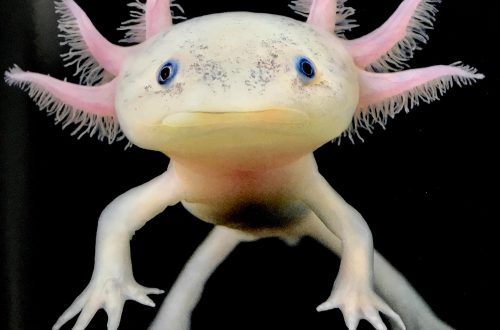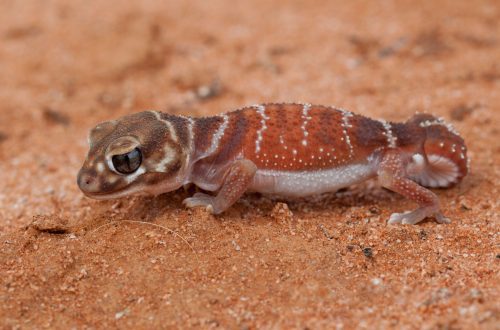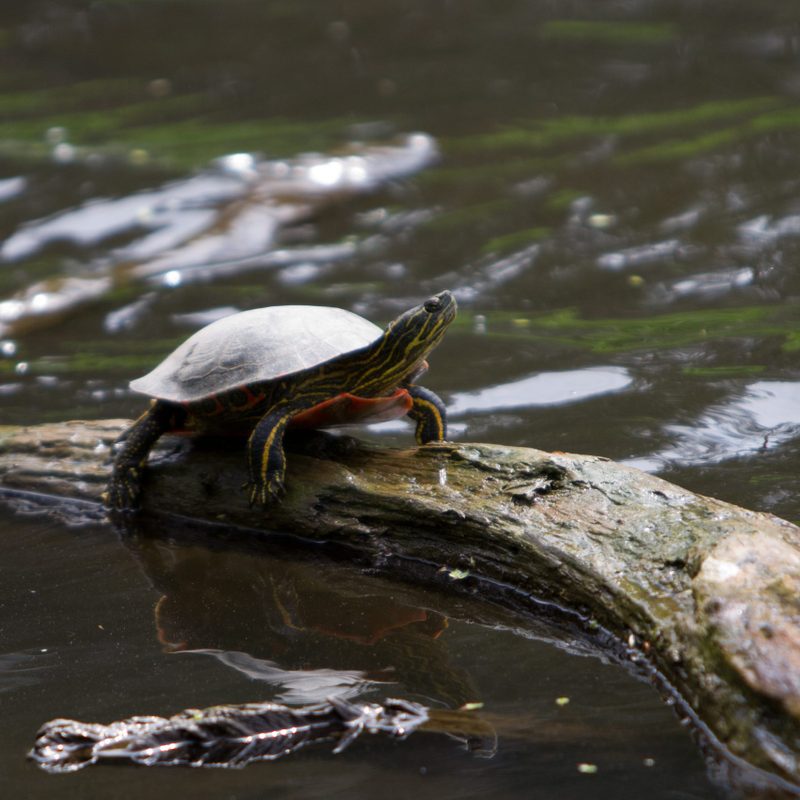
Како зимују корњаче у природи и код куће, да ли ће преживети у бари зими?

All land and river turtles are sensitive to changes in temperature. Since in most cases they live in regions with a pronounced seasonality, the animals are constantly preparing for wintering. The hibernation period lasts from 4 to 6 months: its duration depends on the ambient temperature. Therefore, hibernation at home and in nature has its own characteristics, which are worth paying attention to.
Садржај
Wintering in nature
Features of the lifestyle of turtles in winter directly depend on the ambient temperature, as well as on the specific type of reptile.
Корњаче
These reptiles live in the steppe zones, where even daily temperature drops reach 10-15 degrees or more. The climate of the steppes is continental, with a clear division into seasons. Therefore, the animal begins to notice climate change already in advance: as soon as the temperature drops below 18 ° C, the turtle prepares for wintering.
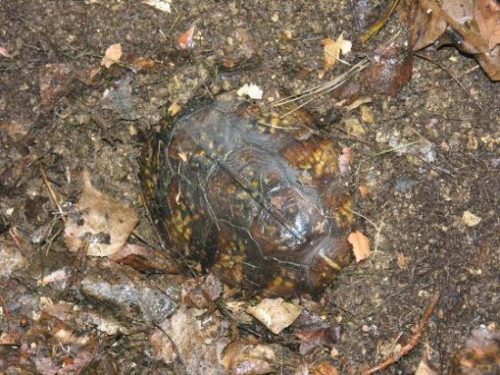
The animal begins to dig a hole with its powerful paws with strong claws. The room is being built over several days, and by the onset of the first frost it will definitely be ready. In autumn and winter, the land tortoise is in a hole, not crawling out anywhere. Pre-reptile actively eats and drinks water to accumulate fat reserves. In the mink, she will stay from about October to March. As soon as the temperature rises above 18oC, she will wake up and leave her house in search of new food.
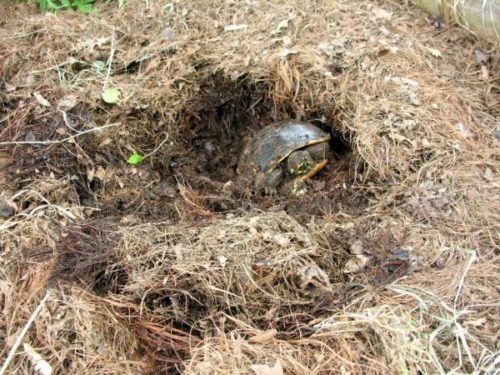
Video: wintering of land turtles
Red-eared and marsh
River reptile species also respond to temperature changes. However, red-eared and bog turtles winter exclusively in water bodies. As soon as the water temperature drops below 10°C, they begin to prepare for hibernation. Turtles find quiet places with a weak current and dive to the bottom, which is a few meters from the surface. There they completely burrow into the silt or simply lie on the bottom in secluded places.


Hibernation also lasts 5-6 months, from November to March. As soon as the temperature rises above zero, the reptiles become active and begin to wake up. They hunt for fry, crustaceans, frogs, eat algae. In warm places (North Africa, Southern Europe), where the water does not freeze and remains warm even in winter, animals do not hibernate at all. They continue to lead an active lifestyle throughout the year. Therefore, the behavior of the red-eared turtle in winter depends mainly on the temperature level.
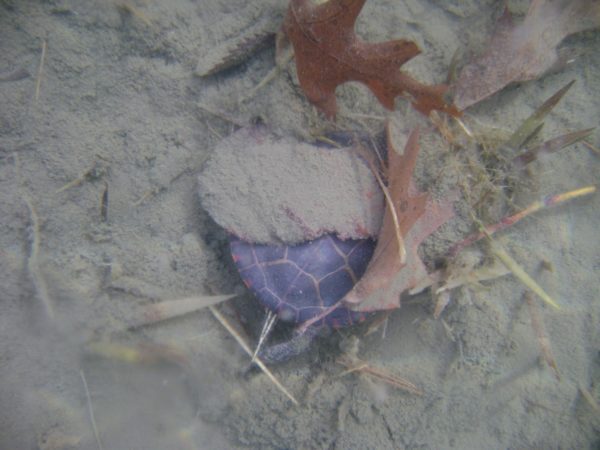

Video: wintering freshwater turtles


Погледајте овај видео на ИоуТубе-у
Can turtles survive winter in a pond?
Quite often, river species of turtles winter in nature and in shallow water bodies – in ponds, lakes, backwaters. Marsh turtles have been repeatedly seen in ponds at dachas in the Moscow region and in Moscow zoos. However, in other regions of Russia with a harsher climate, wintering of turtles in a pond is not possible. In Siberia, in the Urals, water freezes through the entire depth, which is unacceptable for reptiles.
Therefore, you can release individuals into the pond:
- in outskirts of Moscow;
- in the middle lane;
- на северном Кавказу;
- на Кубану;
- на Криму.
In other cases, marsh and red-eared turtles do not overwinter in the pond due to lack of heat.
Wintering at home
If an animal hibernates in nature, this does not guarantee that it will behave similarly at home. The behavior of the Central Asian tortoise at home in winter, as well as other types of reptiles, can differ significantly from the natural one. The reason is that houses are actually always warm; all year round, you can provide both a high temperature and a lot of fresh food, as well as lighting.
Therefore, before introducing a turtle into hibernation, you need to make sure that in the wild it behaves similarly. Species wintering for 4-6 months in their natural environment include:
- Pond slider;
- марсх;
- Централ Асиа;
- serrated;
- tortoise Herman.
After the owner has accurately identified the species and established the fact that it hibernates in nature, you can prepare for the introduction of the turtle into hibernation. It is necessary to start work as early as October, for which the following measures are being taken:
- First you need to make sure that the animal is completely healthy. It is better not to hibernate sick pets – if in doubt, it is better to consult a veterinarian.
- 2 months before the start of the season (mid-September – October), they begin to actively feed the turtle, increasing the average dose by 1,5 times.
- 2-3 weeks before the start of wintering, the reptile is not fed at all, but water is given without restrictions. This time is enough for everything eaten to be digested.
- In the meantime, a wintering box is being prepared – this is a small container with wet sand, peat and sphagnum, located on the surface.
- A turtle is placed there and the temperature is reduced every 2 days from 18°C to 8°C (about 1 degree daily).
- The animal is constantly inspected, the soil is sprayed with water. Moisture is especially important for the bog and red-eared turtles during the winter, as they naturally burrow into the mud.
You can bring the reptile out of hibernation in the reverse order, by doing this at the end of February. At the same time, one should be guided by how river and land turtles winter in nature. If the Central Asian variety always hibernates, then the red-eared and marsh ones can remain active. It is better to prepare them for winter only when the animals themselves begin to behave sluggishly, eat less, yawn, swim less briskly, etc.
Therefore, in order to understand how red-eared and other turtles hibernate at home, you need to be guided by their behavior. If the pet is active even after the temperature in the aquarium drops, it does not need to winter. If he became sleepy even in the heat, then it’s time to prepare for hibernation.
Video: preparing land turtles for hibernation
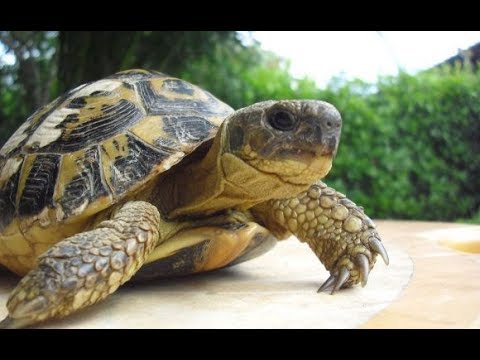

Погледајте овај видео на ИоуТубе-у
How red-eared and tortoises hibernate
2.7 (КСНУМКС%) 23 гласова





